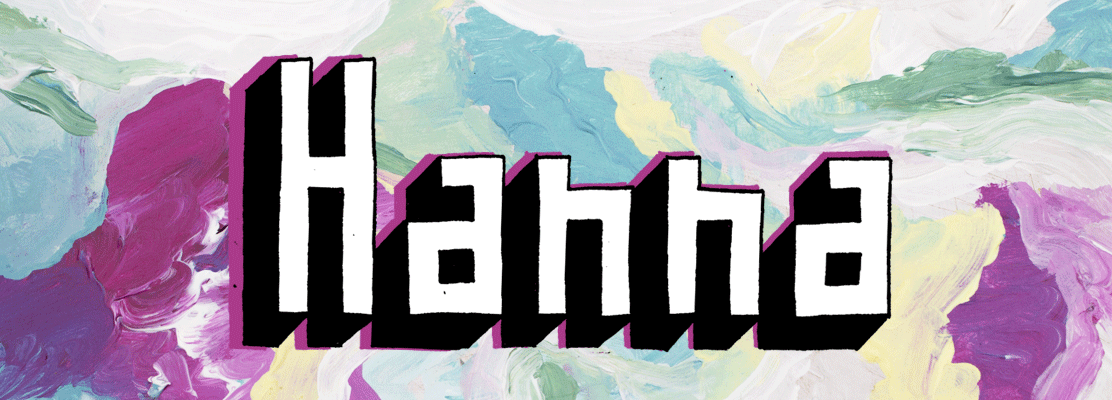Humpback whales migrate annually past the New South Wales coast between May and July each year. One of the best places to see these magnificent creatures is Port Macquarie.
It was on a cold, drizzly morning that I boarded the catamaran Port Venture, put on my life jacket and gazed out at the grey sea. As the little boat left the harbour, the crew started to hand out sick bags. Just in case! I looked out of the window and wondered what all the fuss was about – it didn’t seem that rough. We chugged out of the little harbour and watched Port Macquarie disappear into the background, along with the pine trees dotted along the headland and the painted rocks in the distance.
The boat rounded the corner, leaving the shelter of the rocks, and suddenly we were hit by a strong wind. We began to pitch from side to side dramatically. Spray hit the sides of the boat, causing screams from the younger passengers. The sky darkened and big drops of rain added to the salty spray. We bobbed around as if on a rollercoaster in the murky dark ocean. Some people began to turn green; the sick bags were coming in handy after all.
After just 20 minutes on board, the captain made an announcement – whales had been spotted! The excitement on board rose, people clambered outside and hung on to the railings. I scanned the horizon for signs of life. In the distance, a spray of water shot up from amidst the waves, then a black shape surfaced and disappeared again. As we got closer, we could make out a fin – and a piece of the whale’s back. It was only there for a moment. Seconds later it reappeared and then it was gone again. A lot of people had lovely photos of the sea.
A calf was spotted by its mother’s side. The captain told us how the calf learns life skills through play as it migrates, so it can prepare for life on its own.
A pod had been spotted further along the coast and we sped off in the opposite direction, eager for a small glimpse into these majestic giants’ lives. The captain played a CD of the whales’ eerie song, to see if they would interact with us. Suddenly, a huge fin emerged not 20 metres from the stern of the boat. White barnacles were visible against its black back. Ooooohhhhh’s and Aaaaaahhhhh’s echoed around the boat. The whale arched its back, then lowered itself into the water – a mass of white water where a whale had once been. The humpback whale gets its name from the hump shape the whale’s body makes as it dives. It circled the boat, reappearing at the side. Everyone rushed to the bow, waiting to see where he would surface next.
A little girl shrieked, “It was huge, it was massive.” Jumping around, buzzing with excitement, giving us some extra entertainment. Over the loudspeaker the captain said, “This is a young whale, he’s not very sure of us, that’s why he is all over the place. He’s probably about five years old.” “I’m five!,” the little girl screamed, jumping up and down.
The whale was heading in the opposite direction to us. We saw its fin appear a few more times, then we had to head back to shore. It was amazing to get just a small glimpse of what must be a huge creature, and to share a small part of their journey from Antarctic waters. At the end of the trip we were dropped off safely on dry land, beside some squabbling pelicans. I handed in my sick bag…unused.
Words: Abi Latham
Image: Harry Johnson

